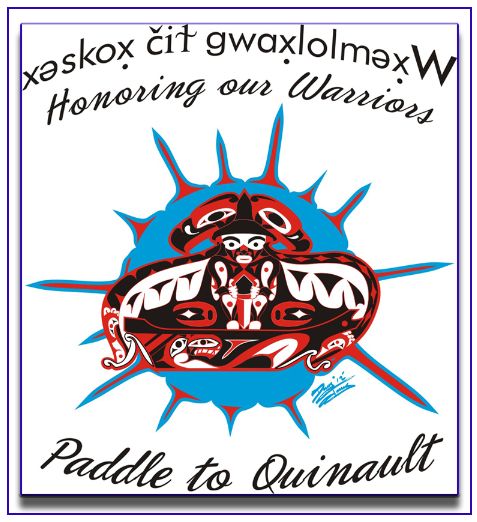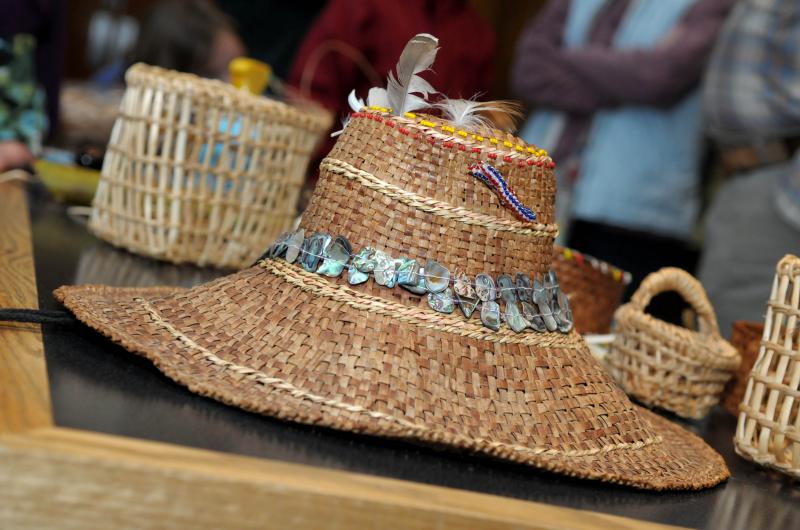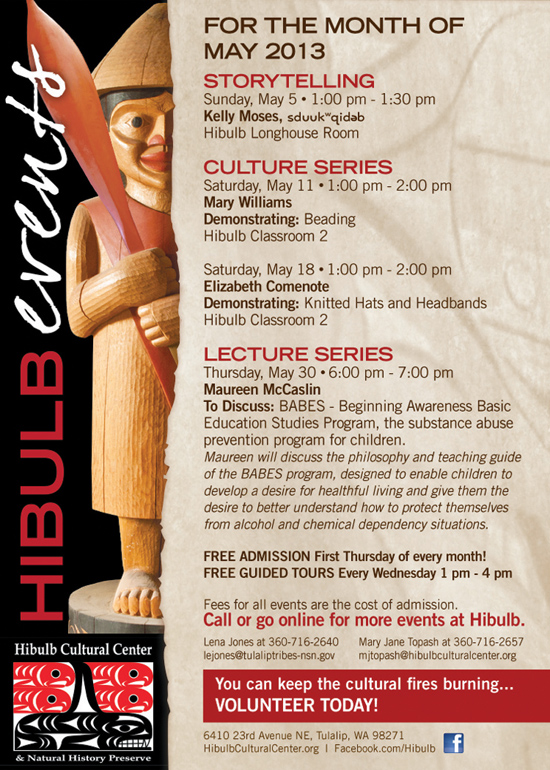EVERETT — Comcast Arena was awhirl with flashing lights, fog and the pounding rhythms of the most popular songs coming out of Bollywood’s biggest movies.
Most Bollywood films are about love, so the crowd was treated to a four-hour concert featuring hits such as “I Will Love You 12 Different Ways in 12 Months (Barah Mahino Mein Barah Tareekon se),” “Desi Girl,” and “Hit On Me While Dancing” (Dance pe Chance).”
It was all for a good cause: To raise awareness about a Seattle group that is working to fight domestic violence against women in Washington’s South Asian communities.
The event last Sunday was the result of a partnership between the non-profit API Chaya, of Seattle, and concert production company Krazy2Seattle, of Federal Way.
“The first goal was to come out in the open and talk about (domestic violence),” said Arun Sharma, of Bothell, one of the organizers. “The intent was to raise awareness, raise some money and bring the South Asian communities together.”
Horrific incidents in Pakistan and India spurred the local groups to action. The Pakistan Taliban shooting of 15-year-old Malala Yousafzai for speaking publically about the right to education for girls and women, and the gang rape and killing of a 23-year-old college student on a bus in New Delhi, Sharma said.
In the South Asian community, which includes immigrants from India, Pakistan, Bangladesh and Nepal, rape and domestic abuse are not spoken about openly, or even easily discussed within families, Sharma explained.
API Chaya, formed in 2011, provides advocates who work directly with South Asian women and families who have experienced abuse, and others who work in the community to educate and organize support for survivors and ways to end violence, said Sarah Rizvi, the group’s program manager.
“We provide direct advocacy and supportive services to survivors in crisis and raise awareness of domestic violence, sexual violence, and human trafficking,” Rizvi said.
The concert started coming together in January, with about 50 volunteers working “to address cultural-based incidents of domestic violence that are prevalent in communities in Washington State,” Sharma said. “Part of the concert’s aim was to create awareness among people as well as overcoming religious barriers to serve our communities.” Hindus, Muslims, Sikhs and Buddhists all came together for the event.
Although the amount of money raised is still being sorted out, those in the audience — estimated to be about 3,000 — were happy for the opportunity to help raise awareness.
Nedhal Ahmed, of Everett, said the event was an opportunity for him to support the cause. “I have come here to chip in my share to help stop any kind of crime against women,” Ahmed said. The same issues exist in other countries, said Ahmed, who is from Yemen.
“I am here to support suffering women,” said his friend Nasr al Mahshi, also of Everett. “Some women are denied their fundamental rights.”
Rakesh Maini, the runner up in Indian Idol season 5, was the night’s first singer. He hopes that in India the culture will change, and people can begin to openly address rape and domestic violence.
“I am happy to perform for a social cause. I have sisters, mother, and family like everyone does. I therefore would do whatever it takes to hand women justice and basic rights,” he said.
 Back in 1989, Emmit Oliver, a Quinault Tribal elder organized the “Paddle to Seattle” as a part of Washington State Centennial Ceremony revitalizing a tradition that was lost for many years, and that is canoeing. We now know this as the Canoe Journey. The Canoe Journey has become symbol of cultural revitalization on a national level; we can expect anywhere from 90 US tribes, Canadian First Nations, and New Zealand to join the celebration.
Back in 1989, Emmit Oliver, a Quinault Tribal elder organized the “Paddle to Seattle” as a part of Washington State Centennial Ceremony revitalizing a tradition that was lost for many years, and that is canoeing. We now know this as the Canoe Journey. The Canoe Journey has become symbol of cultural revitalization on a national level; we can expect anywhere from 90 US tribes, Canadian First Nations, and New Zealand to join the celebration.








